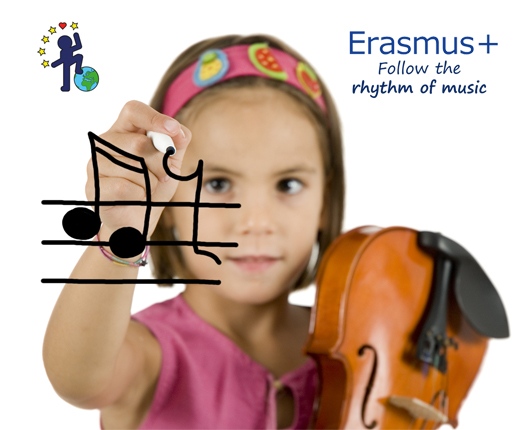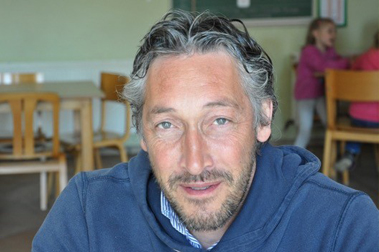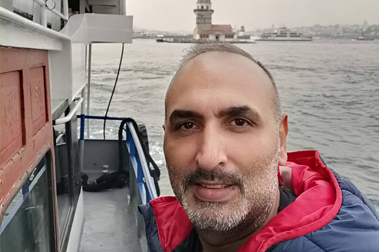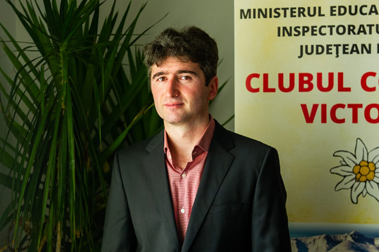

Several countries have decided to meet around the same theme: music. Each partner was convinced that working on this subject would present numerous advantages for daily teaching practices and that this experience would be enriching on several levels: personal, professional, individual, collective and systemic. It is scientifically proven that children learn a lot from a young age through hearing. Therefore, one of the first resources to use is music. Additionally, music provides a range of benefits for children's overall development, from improving cognitive and language skills, to encouraging emotional and social development and strengthening motor skills and creativity. It can also be a source of joy and fulfillment for children.



